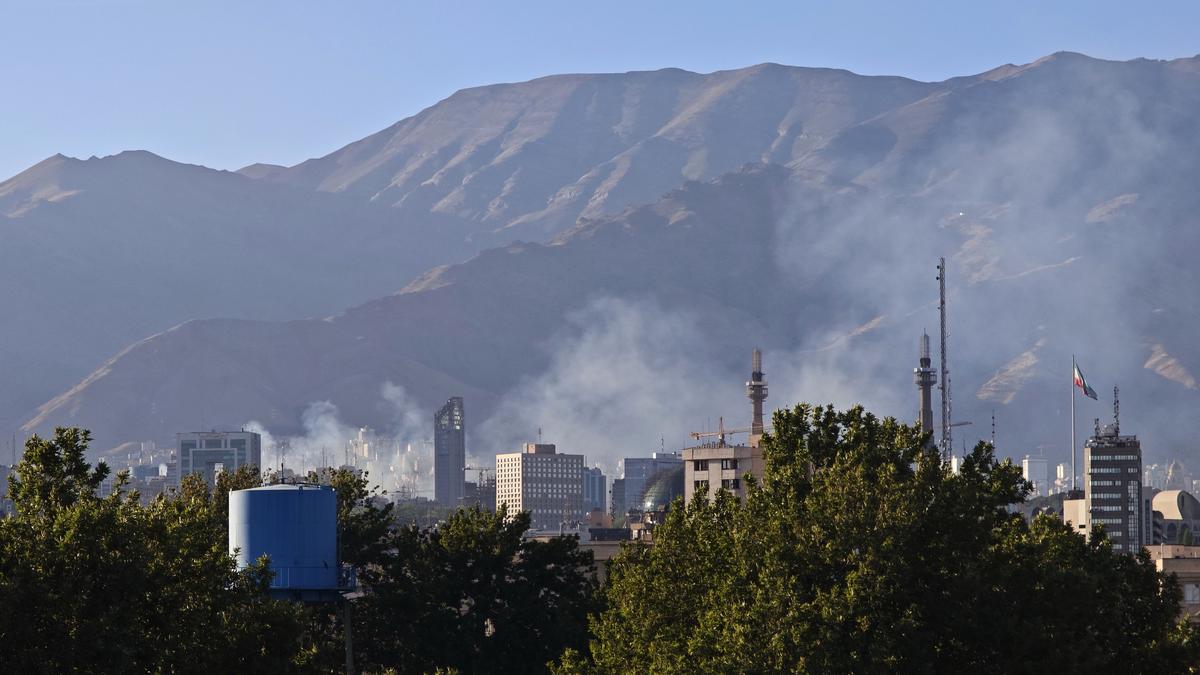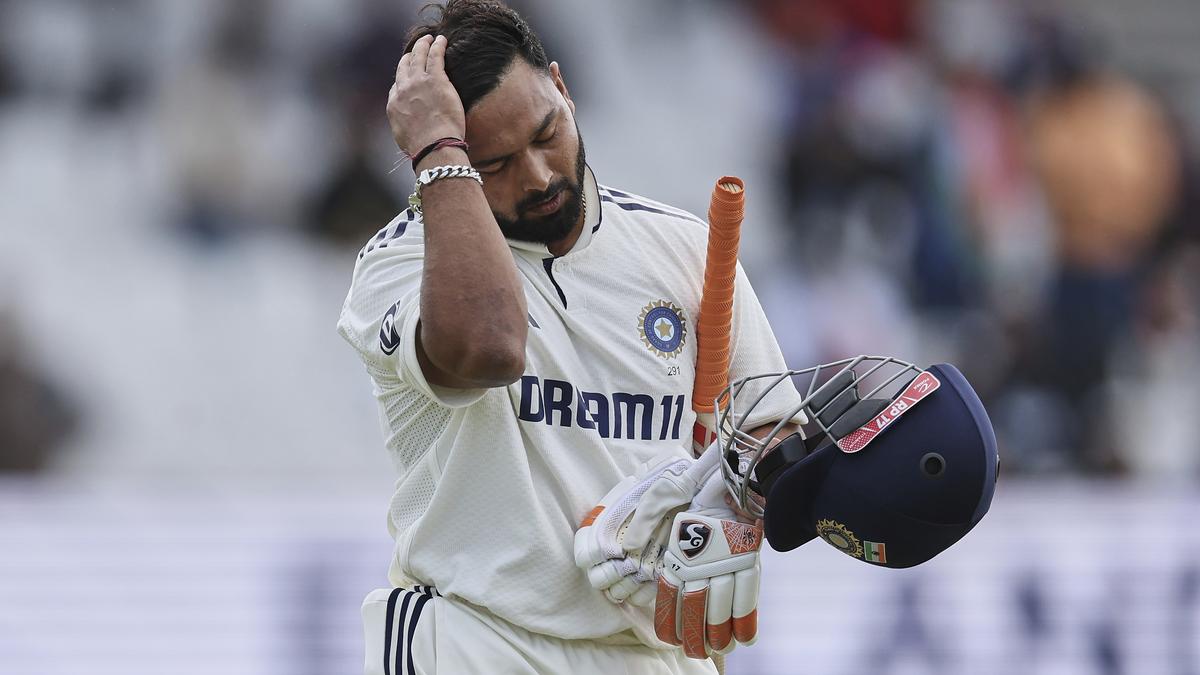It is the 26th anniversary of the Kargil war that was fought between India and Pakistan in the icy heights of Kashmir, but the memories are still fresh. It was also the first ‘live televised’ conflict, which brought the war (May 3-July 26, 1999) into the living rooms of India. Victory was hard fought and won through the sheer grit, the determination and the love for ‘Bharat’ that the Indian armed forces showed. India not only evicted the Pakistani forces but also forced Pakistan to withdraw and seek a ceasefire.
All this sounds familiar and similar to what happened recently. On April 22, 2025, Pakistan-based terrorists launched a terror attack on innocent civilians at a popular tourist spot in Pahalgam, Kashmir, killing 26 tourists (singling out only the men). What followed next was the most devastating punishment that India has ever delivered on Pakistan’s terror network in the form of Operation Sindoor (May 7-10, 2025). In four days of pin-pointed and extremely effective strikes, the Indian military struck nine terror bases across Pakistan and took out 11 military air-bases in Pakistan, bringing Pakistan to its knees in a matter of 96 hours. And if reports and analysis are to be believed, India’s BrahMos missile strike on the Nur Khan Base in Pakistan, at the foothills of the Kirana Hills, crippled a key nuclear weapon storage facility too. Pakistan made a request for an immediate ceasefire.
If Kargil was a watershed moment for India in its conventional fighting capability, Pahalgam has set the bar against any future terror attack in India. Over two decades, India has steadily re-strategised its security policies, sending out a clear message to Pakistan and the world that India will not tolerate any future mis-adventure.
The lessons from Kargil
The context of the Kargil war was set in a period when India was tentative and vulnerable. It may be recalled that India had declared itself to be a nuclear weapon state in May 1998. India’s nuclear tests prompted Pakistan too to test its nuclear devices within weeks. All of a sudden, South Asia was home to two nuclear-powered adversaries. India was threatened with economic sanctions by the western countries for having gone nuclear. In addition, India was not in a very strong position due to its weak economy and a coalition government at the Centre.
The fight against terrorism in Kashmir since 1990 and continuing insurgencies in the North-East led to the strengthening and the modernisation of India’s military being put on the back burner. Kargil also happened in the backdrop of India’s attempts at a reconciliation with Pakistan — Prime Minister Atal Bihari Vajpayee had travelled to Lahore in February 1999 in what became a famous bus-ride across the border. This was also the time before the 9/11 terror attack on the Twin Towers in New York (September 11, 2001) and there was hardly any support for India’s fight against Pakistan-based terror in Kashmir.
Kargil was, therefore, a rude wakeup call for India. It was the first war between India and Pakistan after 1971 and fought under the nuclear overhang. It demonstrated that limited war was still possible even between nuclear-armed states, provided the escalation was controlled. A Kargil Review Committee was set up which made many key recommendations, laying the foundation for many structural changes that have taken place over the years. One of the most significant shortcomings highlighted was the intelligence lapse. Neither military nor civilian intelligence agencies had worked on the possibility of any large-scale military infiltration by Pakistani forces in Kargil. The absence of real-time intelligence and effective aerial surveillance led to a delayed decision making and early losses. The war also exposed serious shortcomings in terms of equipment, logistics and the operational readiness of India’s armed forces. India’s troops lacked the wherewithal to fight war in high altitude areas as they did not have specialised high-altitude gear, adequate artillery support, and real-time communications.
The structural changes
A number of new agencies were set up such as the Defence Intelligence Agency (DIA) in 2002 and the National Technical Research Organisation (NTRO) in 2004. Measures to strengthen coordination between the Research and Analysis Wing (RAW), the Intelligence Bureau (IB), and military intelligence wings were undertaken, leading to a revamp of the National Security Council Secretariat (NSCS) and the Joint Intelligence Committee (JIC). The appointment of a National Security Adviser (NSA) too was made a permanent fixture in the strategic decision-making hierarchy, headed by the Prime Minister. There were many other institutional and structural changes that were made in order to enhance the intelligence set up in India.
On the conventional front, the Kargil war was a timely lesson to modernise the military, in equipment and strategy. There was a clear realisation that India had few allies who would assist it in a time of war; therefore, modernisation and self-reliance had to be priorities. It led to the evolution of India’s “Cold Start Doctrine”, aimed at rapid mobilisation and swift, limited incursions without breaching the nuclear threshold. There was great emphasis on mountain warfare preparedness which included the raising of a Mountain Corps in the Indian Army. The war also highlighted the urgent need for joint coordination between the three wings of the armed forces, a unified command and operational coordination. Some of these have led changes such as the appointment of the Chief of Defence Staff (CDS) in 2019 and the process of setting up integrated theatre commands.
A key lesson from Kargil was the modernisation of equipment and weapon platforms, with an emphasis on home-grown technologies and self-reliance in production. The acquisition and the deployment of modern weapon platforms such as Rafale fighters, Apache attack helicopters, Chinook heavy-lift helicopters, and S-400 missile defence systems, home-grown artillery and BrahMos missiles are some of the results.
The long fight against terror
Unlike Kargil, which brought in massive changes in conventional military, India was slow in fighting terror proactively. For decades, Pakistan kept hurting India without any heavy costs to itself. Among the major terror incidents, the most important was the hijacking of an Indian Airlines flight, IC-814 on December 24, 1999, just after Kargil. In one of India’s weak moments, New Delhi agreed to release dreaded terrorists.
The terror attack on Parliament, on December 13, 2001, led to a year-long mobilisation of Indian armed forces under ‘Operation Parakram’, but it did not result in any direct punishment to Pakistan. The 26/11 Mumbai terror attack (November 2008) — widely considered to be India’s 9/11 moment — also did not lead to any punishment for Pakistan.
It was only after the Uri terror attack (September 18, 2016) that the strategy of a fight against terror began to take shape. The surgical strikes were not only a strong reply but also a statement of intent. Taking the intent further, following the terror attack on a Central Reserve Police Force convoy in Pulwama, Kashmir, on February 14, 2019, the Indian Air Force (IAF) launched strikes on a terror camp of the JeM in Balakot (February 26, 2019). This was the first time that the IAF had crossed into Pakistan airspace to launch a strike.
The recent Pahalgam attack has set a new threshold. By striking key terror locations and military assets deep into Pakistan, India has made it clear that the era of restraint and patience is over. Pakistan will have to pay a heavy price for any terror attack hereafter.
From Kargil to Pahalgam, India has had to learn many hard lessons. The good news is that India is no longer in any mood to relent. In May 2025, India’s conventional military capability has displayed what it is capable of. ‘Make in India’ is bearing fruit, with many outstanding weapon platforms being made in India now. Fighting terror too has got a new meaning after Pahlagam. However, the Indian political and military leadership has to remain vigilant and stay ahead of the curve. There cannot be another Kargil or Pahlagam, ever.
Rajeev Agarwal is a Senior Research Consultant at Chintan Research Foundation, New Delhi. His X handle is @rajeev1421
Published – July 26, 2025 12:16 am IST



